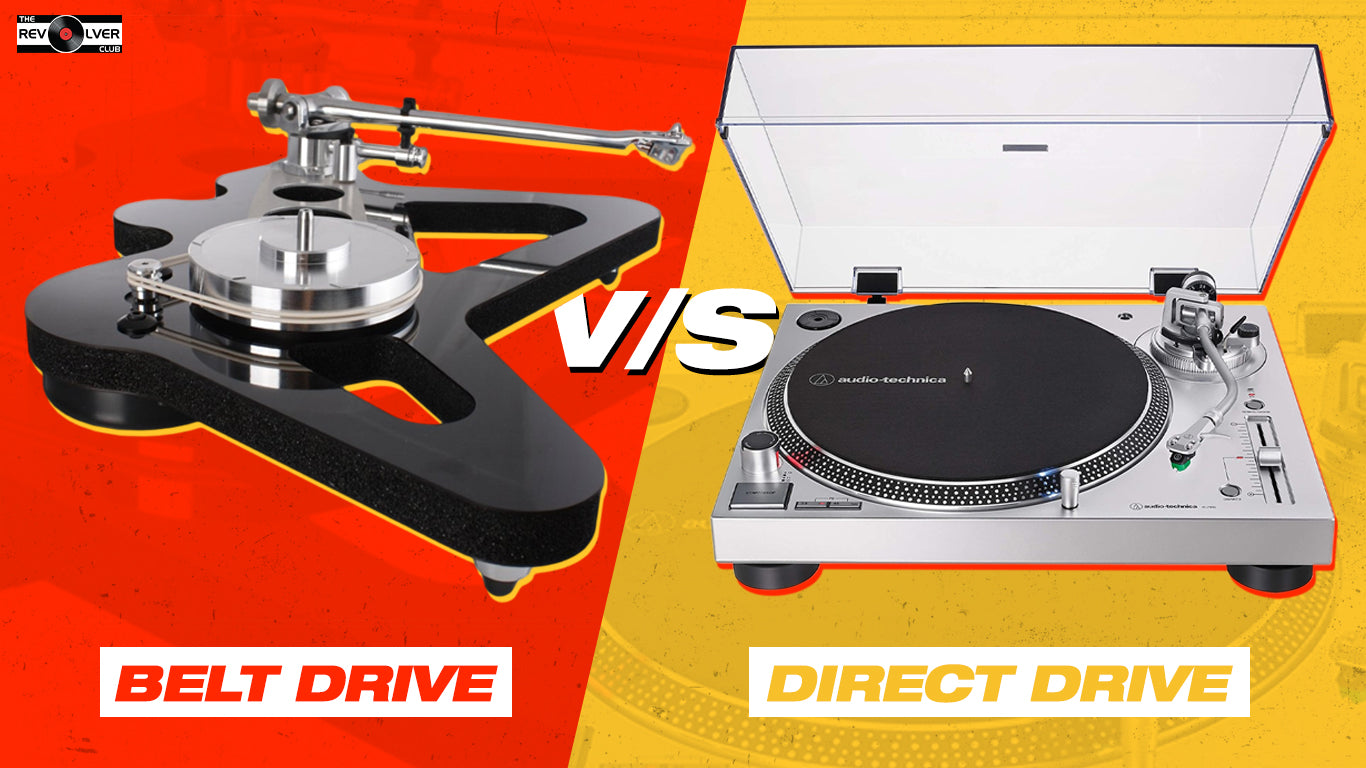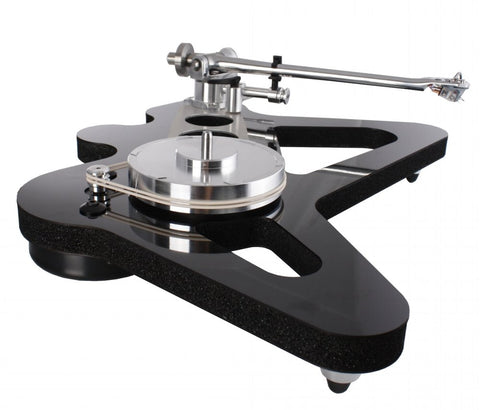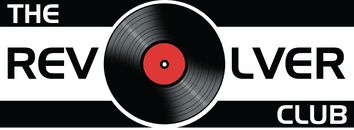Belt Drive vs Direct Drive Turntables - Which is Better? | The Revolver Club

When it comes to the Direct Drive, most people always wonder about the differences between a direct drive & belt drive. Check out TRC’s guide to the types of turntables which will help you choose your first turntable.
When it comes to types of turntables, most people wonder about the differences between a direct drive & a belt drive. This TRC guide covers the pros, cons & use cases.
Belt Drive
A lot of turntables use belt drives to spin the device’s platter. For regular listening, a simple Belt Driven Turntable does the job. A belt drive is an elastic belt. This belt is attached to the turntable’s motor, offering quick & precise movements. The player’s platter rests atop a bearing, isolated from the device’s motor.

Pros of Belt Drive
- The elastic belt soaks up the shock and prevents vibrations that are produced by the motor from catching the platter.
- Separating the motor from the platter reduces the noise transmission to the tonearm.
- Because belt drive reduces vibration noise, a record player’s sound can be cleaner. There are several record player owners whose top priority is focused on motor noise reduction.
Cons of Belt Drive
- They have a lower torque than direct drive turntables, which means a slow startup speed & more vulnerability to extraneous forces.
- But because the belt can only be so taut, the rotation speed is not quite as consistently accurate, due to stretch and potential slipping. This can be a problem if either the belt is not of the same thickness all the way round, or the spindle or platter is not machined to be perfectly cylindrical.
- Over time a belt drive may need to be replaced. Belt drive elastic can wear down, and it can eventually break.
A modestly priced belt driven turntable can provide a good sonic performance due to the simple design of a belt driven turntable. Due to wear, the belt drive will require replacement. Belts are typically very affordable and easily replaced by the user, however.
Direct Drive
Direct drive turntables simply have the motor located beneath the platter, rotating it directly. The center spindle is a component of the motor. An electronic brake is usually incorporated to carry the platter to a fast stop, supporting preserving the right location on the record from which you desire your next song. A pitch control could also be given to fine tune the speed of the platter. Because a direct-drive design has fewer moving parts and no belt, it is also very durable and there are no “wear” parts in the drive to replace. To minimize the amount of motor vibration that reaches the stylus assembly, good motor design and good dampening of crucial components, such as the platter and tonearm, are required.
DJs are the main purchasers of direct drive turntables. They prefer them due to the lack of lag or resistance to platter. The high torque which is responsible for a fast startup speed, gets the record up to speed very quickly & stays at the correct speed no matter what else is happening. This is crucial while mixing records and while scratching. During transitions the beat from one track to the other needs to match.
Pros of Direct Drive
- Because of fewer moving parts, direct drives tend to last longer and need fewer repairs or maintenance.
- The ease of manipulation of platter make it an ideal device for DJs
- They tend to have strong motors
- There is nothing between the motor and the platter, hence the speed is more accurate as compared to belt driven turntables
- A direct-drive turntable helps you to spin the platter backward to make special sound effects which are preferred by DJ’s.
Cons of Direct Drive
- The downside of a direct-drive turntable is that the rotation of the motor produces unwanted vibrations which can affect the sound quality.
- A good motor design and good dampening of crucial components, such as platter & tonearm, is required in order to minimize the amount of motor vibration; leading to a higher cost when compared to belt driven turntables.
Final Thoughts
While direct-drive turntables are great for DJs, many of us purchase a turntable simply to listen to music. For this, a direct-drive may not be the best option. For vinyl lovers, the goal is less about changing speeds and mixing music, and more about hearing all of the nuances in the record grooves with as little distortion as possible.
Check out Record Players available in India.
At TRC, We have got you covered -
- Quick product consultation - Talk Now
- Wide range of Vinyl Records
- Be a part of community events
- Top notch Installation & After sale support
Shop New Vinyl Records | Recordwala | Turntable & Stereo | Home Theater Systems






